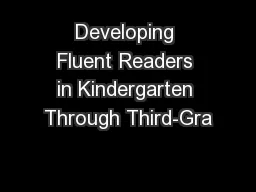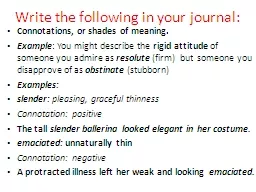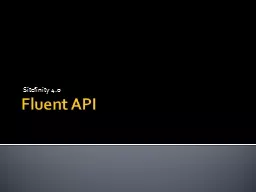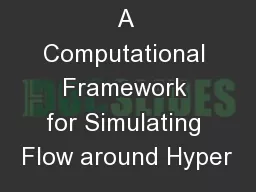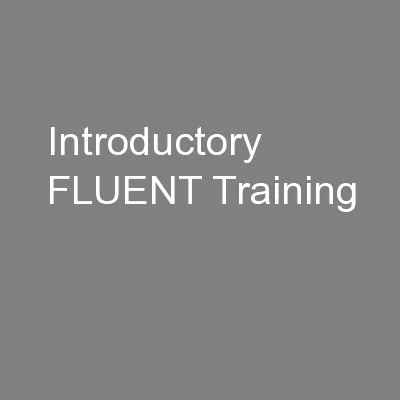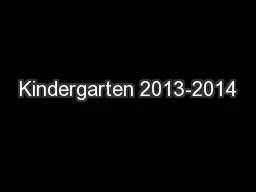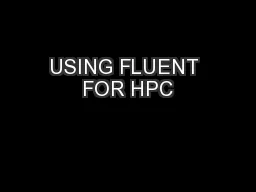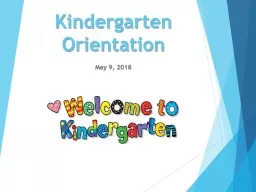PPT-Developing Fluent Readers in Kindergarten Through Third-Gra
Author : yoshiko-marsland | Published Date : 2017-07-24
Dr David Paige Bellarmine University UnboundEd Standards Institute July 12 2016 We know from experience the hard work teachers face every day as they strive to
Presentation Embed Code
Download Presentation
Download Presentation The PPT/PDF document "Developing Fluent Readers in Kindergarte..." is the property of its rightful owner. Permission is granted to download and print the materials on this website for personal, non-commercial use only, and to display it on your personal computer provided you do not modify the materials and that you retain all copyright notices contained in the materials. By downloading content from our website, you accept the terms of this agreement.
Developing Fluent Readers in Kindergarten Through Third-Gra: Transcript
Download Rules Of Document
"Developing Fluent Readers in Kindergarten Through Third-Gra"The content belongs to its owner. You may download and print it for personal use, without modification, and keep all copyright notices. By downloading, you agree to these terms.
Related Documents

